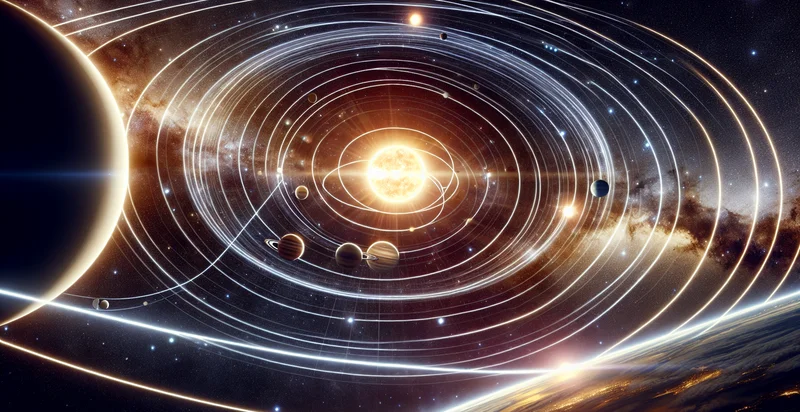Identify orbital module
using AI
Below is a free classifier to identify orbital module. Just upload your image, and our AI will predict what type of space module it is - in just seconds.

Contact us for API access
Or, use Nyckel to build highly-accurate custom classifiers in just minutes. No PhD required.
Get started
import nyckel
credentials = nyckel.Credentials("YOUR_CLIENT_ID", "YOUR_CLIENT_SECRET")
nyckel.invoke("orbital-module", "your_image_url", credentials)
fetch('https://www.nyckel.com/v1/functions/orbital-module/invoke', {
method: 'POST',
headers: {
'Authorization': 'Bearer ' + 'YOUR_BEARER_TOKEN',
'Content-Type': 'application/json',
},
body: JSON.stringify(
{"data": "your_image_url"}
)
})
.then(response => response.json())
.then(data => console.log(data));
curl -X POST \
-H "Content-Type: application/json" \
-H "Authorization: Bearer YOUR_BEARER_TOKEN" \
-d '{"data": "your_image_url"}' \
https://www.nyckel.com/v1/functions/orbital-module/invoke
How this classifier works
To start, upload your image. Our AI tool will then predict what type of space module it is.
This pretrained image model uses a Nyckel-created dataset and has 26 labels, including Centrifuge Module, Cupola, Destiny, Experimental Module, Harmony, Inter Modul System, International Space Station, Leonardo, Life Support Module and Mini-Pressurised Logistics Module.
We'll also show a confidence score (the higher the number, the more confident the AI model is around what type of space module it is).
Whether you're just curious or building orbital module detection into your application, we hope our classifier proves helpful.
Related Classifiers
Need to identify orbital module at scale?
Get API or Zapier access to this classifier for free. It's perfect for:
- Satellite Object Detection: The 'orbital module' identifier can be employed to classify and detect operational satellites in the Earth's orbit. This information can enhance tracking systems, providing real-time data for space agencies and commercial satellite operators to avoid potential collisions.
- Space Debris Monitoring: Utilizing the false image classification function can help identify and categorize orbital debris, making it easier to assess collision risks with operational satellites. This application is crucial for maintaining a safe environment in space and developing mitigation strategies for debris management.
- Research and Development of Spacecraft: Aerospace companies can use the orbital module identifier to analyze the design and deployment of various spacecraft. By classifying images of orbital modules, engineers can optimize designs based on performance data from similar operational modules.
- Defense and Security Applications: Military organizations can leverage the image classification function to monitor and identify potential threats from foreign satellites. This use case can significantly improve national security measures by providing timely intelligence on the activities of hostile assets in orbit.
- Astronomical Research: Researchers can utilize the 'orbital module' identifier to classify celestial objects and improve the accuracy of their observations. This function can assist in distinguishing between artificial satellites and natural celestial bodies, enabling better data collection and analysis.
- Educational Tools: Educational institutions can adopt this image classification functionality to enhance their astronomy and space science curriculums. By analyzing various orbital modules, students can learn about space technology, satellite operations, and the impacts of human activities on space environments.
- Commercial Space Ventures: Startups and companies involved in the commercial space sector can use the orbital module identifier to analyze market opportunities related to satellite deployment and services. By classifying existing orbital modules, businesses can identify gaps in the market for satellite services, such as communication, earth observation, and data analytics.


